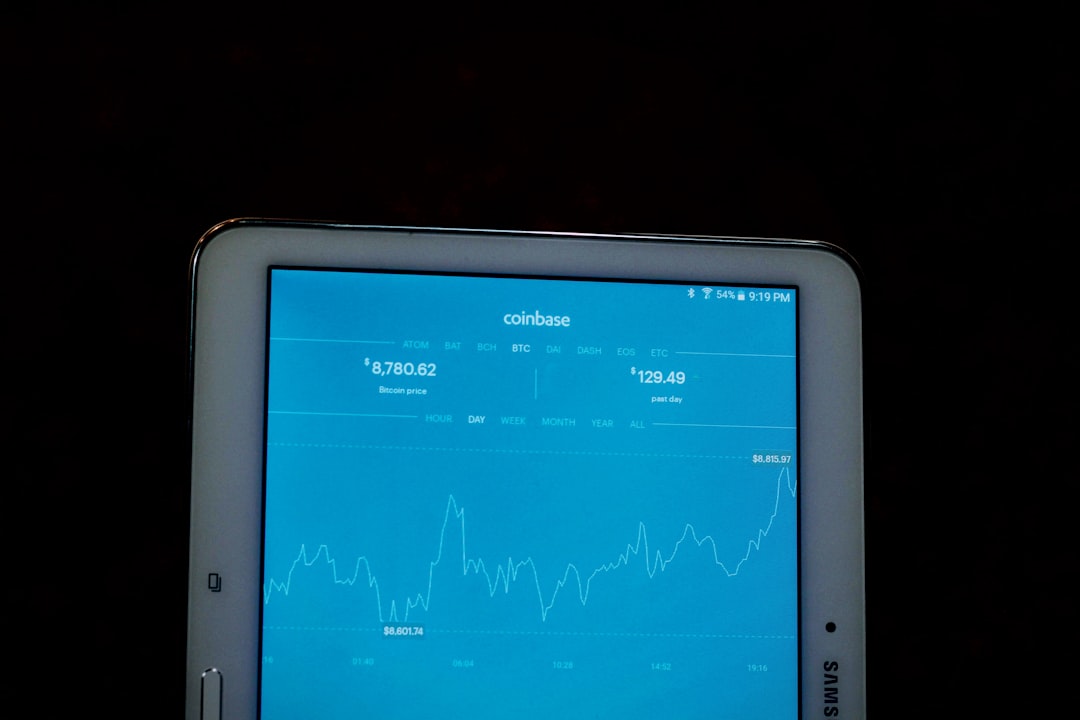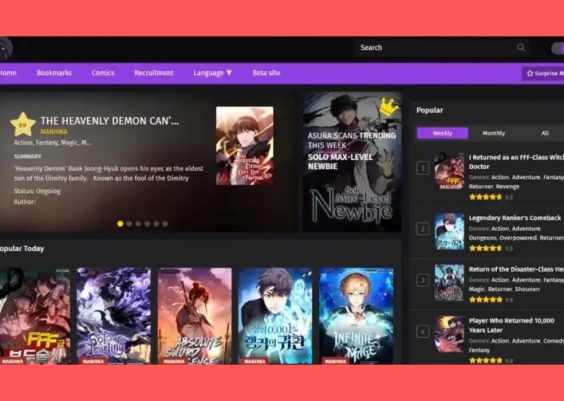In today’s digitally driven world, businesses and marketers rely heavily on social media platforms to reach and engage with audiences. But simply launching a social media campaign is not enough—understanding its performance is crucial to optimizing strategies and spending. That’s where social media tools come into play, offering actionable insights and helping measure the success of each campaign with precision.
How do these tools make a difference? Let’s explore some essential ways in which social media tools streamline campaign performance analysis.
Contents
1. Real-Time Metrics Tracking
One of the major advantages of using social media tools is the ability to track performance in real time. Metrics such as likes, shares, impressions, click-through rates (CTR), and reach are instantly available, providing marketers with a pulse on what’s working and what’s not.
These real-time insights enable immediate tweaks to campaign elements, whether it’s adjusting visuals, refining copy, or reallocating ad spend. This kind of agility can dramatically improve the overall results of a campaign.

2. Audience Behavior Analysis
Understanding your audience is critical for campaign success. Social media tools such as Meta Business Suite, Hootsuite, and Sprout Social provide detailed demographic and behavioral information about who interacts with your content.
With this data, you can answer important questions like:
- What type of content appeals most to my audience?
- When are my followers most active?
- Which age group or geographic region is responding best?
By tailoring future content based on this analysis, marketers can improve engagement and ROI.
3. Campaign Performance Comparison
Many social media tools allow for side-by-side comparisons of different campaigns or content types. You can easily evaluate:
- Which posts are driving more engagement?
- What formats—videos, carousels, or stories—attract more views?
- How seasonal or time-bound campaigns perform compared to evergreen ones?
These comparisons help marketers understand which strategies yield the best results and where to invest more effort in the future.
4. Conversion Tracking
Beyond vanity metrics like likes and shares, it’s crucial to measure how well your campaigns convert. Conversion tracking tools help map audience actions—like clicking a link, signing up for newsletters, or purchasing a product—back to your social media efforts.
Platforms like Facebook Pixel or LinkedIn Insight Tag offer precise tracking of user behavior post-click, giving a richer picture of the campaign’s overall effectiveness.

5. Sentiment Analysis
Simply knowing how many people are talking about your brand isn’t enough; understanding how they feel is equally important. Sentiment analysis tools assess whether mentions and comments are positive, negative, or neutral.
This can be particularly useful during a product launch or a PR crisis. Tools like Brandwatch and Talkwalker use natural language processing (NLP) to interpret online emotions and trends, allowing businesses to respond strategically rather than reactively.
6. Reporting and Data Visualization
Measuring campaign performance would be incomplete without comprehensive reporting. Fortunately, most social media management tools offer customizable dashboards and exportable reports. These features make it easier to present campaign insights to stakeholders, justify budget allocations, and bench progress against KPIs.
Features to look for include:
- Automated report generation
- Custom date-range analysis
- Visual summaries like graphs and pie charts

Conclusion
Social media tools are indispensable when it comes to evaluating campaign performance. From tracking real-time metrics to understanding audience preferences and analyzing conversions, they help marketers make informed decisions backed by data. With these insights, businesses can not only improve their social media efforts but also drive greater engagement, leads, and revenue.
In essence, these tools act as the compass that guides a digital marketing journey—ensuring you’re always headed in the right direction.




